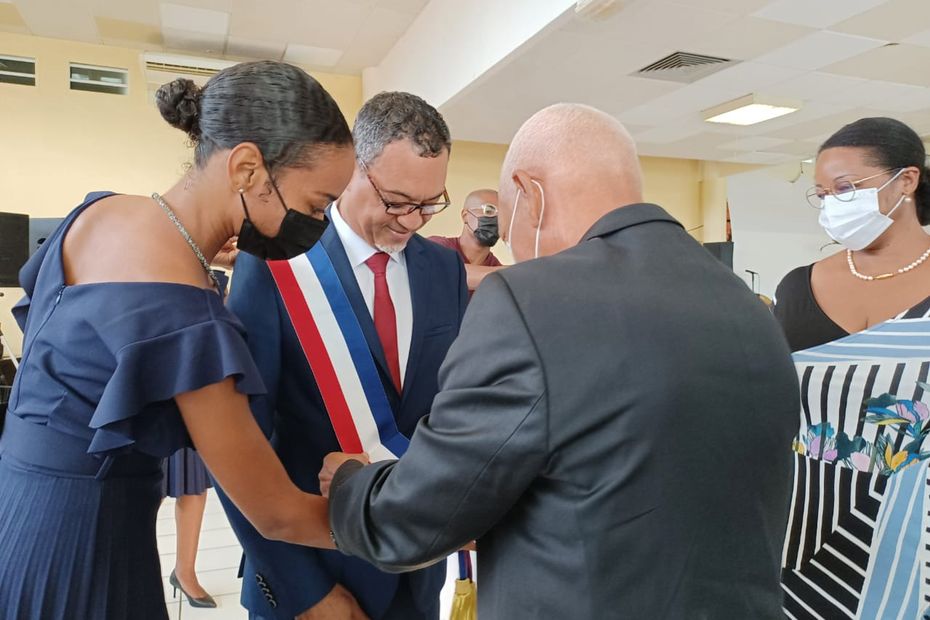The Burmese junta engaged in a show of force, promising to “annihilate” its opponents, Sunday on the occasion of the day of the army, scene in 2021 of a bloody repression against the pro-democracy demonstrations.
More than 8,000 members of the security forces, tanks, trucks carrying missiles and artillery pieces paraded on the gigantic arteries of Naypyidaw, the capital built by the former military regime in the early 2000s.
Junta leader Min Aung Hlaing, in full dress, inspected his troops from an open 4×4 as warplanes flew overhead, displaying the yellow, red and green colors of the national flag.
The junta “will no longer negotiate (…) and will annihilate opponents to the end”, said the general who overthrew civilian leader Aung San Suu Kyi on February 1, 2021.
Russia’s deputy defense minister – a major arms supplier and traditional ally of Burmese generals – attended the parade in 2021 and was expected this year.
But Alexander Fomin was unable to come because of “his country’s business”, the operation in Ukraine, said junta spokesman Zaw Min Tun.
Opposition at half mast, deadly repression and chaos
The last day of the army, March 27, 2021, was the scene of the deadliest repression since the coup. Some 160 demonstrators were killed that day by the security forces, according to a local NGO, the Association for Assistance to Political Prisoners (AAPP).
Burma has descended into chaos since the generals’ putsch.
More than 1,700 civilians were killed and nearly 13,000 arrested according to the AAPP, the UN denouncing “probable war crimes and crimes against humanity”.
Read also: Washington says military junta committed genocide against Rohingyas in Burma
This brutal repression put an end to the large peaceful demonstrations which shook the country in the first weeks after the putsch.
This Sunday, only a dozen protesters launched flares in Yangon, the economic capital, chanting anti-junta slogans, according to images posted on social networks. Other protesters called on the population to cut off the electricity from 8:00 p.m. to 8:30 p.m. local time as a sign of resistance.
Resistance, response and violence
Despite the repression, large portions of the territory still escape the control of the generals, fourteen months after their passage in force.
Citizen militias supported by ethnic minorities have taken up arms in several regions and are carrying out guerrilla actions against the regime.
Also read: Faced with the Burmese junta, opponents protest with silence
The soldiers respond.
“In recent weeks, there have been increasing reports of the military’s use of airstrikes and heavy weaponry causing civilian casualties and property,” Human Rights Watch said in a statement. released on the occasion of army day.
This violence has displaced “more than 500,000 people”, according to the NGO, which deplores that the junta “deliberately blocks aid to the populations (…) as a form of collective punishment”.
The generals take advantage of the divisions in the international community.
On the one hand, the United States announced new sanctions on Friday, a few days after officially describing as “genocide” the abuses carried out in 2017 by the Burmese military against the Muslim minority of the Rohingyas.
On the other hand, Beijing and Moscow continue their murky game, continuing to supply weapons – including fighter jets and armored vehicles – to the junta, according to UN special rapporteur Tom Andrews.
Justice for Myanmar (JFM), a rights group that investigates military investments in the country, on Sunday revealed a list of 19 Russian arms suppliers that have supplied the Tatmadaw (the name of the Myanmar armed forces).
“The Russian arms industry derives huge profits from the atrocities committed by the Burmese army,” said JFM spokesman Yadanar Maung. She calls on the UN Security Council to decree as soon as possible “a global arms embargo” against Burma.
–


